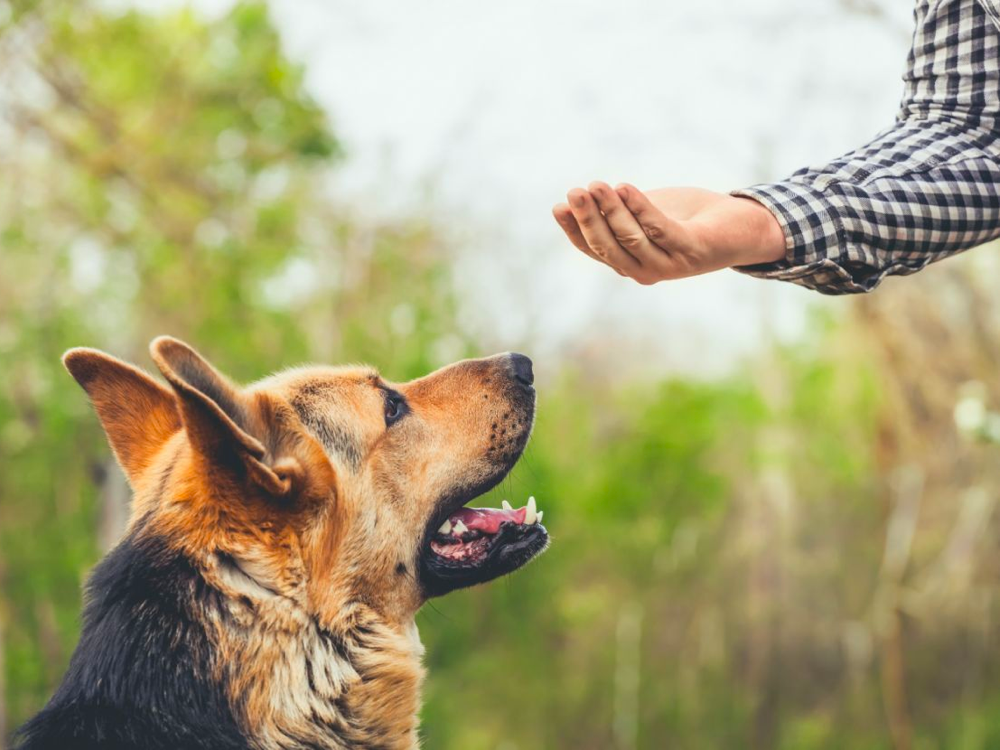The ‘COME’ command training is often known to be the most crucial obedience training. The training guides your dog from any serious danger as it calls your dog back to you in case you sense danger coming his way. Apart from making sure that your dog will run across every hurdle or danger to be back with you with the help of proper ‘come command’ training, this also provides much freedom and relief to the owner as well when he knows that the dog will come on command whenever the owner calls for him.

The training leaves the dog as well with an open space to explore and experiment as he wishes until he hears the owner’s ‘COME’ command, hence, the lesson is based on security, reassurance, and trust for both the dog and his owner. The ‘COME’ command simply means that the dog ought to come to the master despite of whatever is happening around him and in spite of anything that the dog is involved in, making the dog alert and ready to act on the call of his owner.
However, according to dog behaviorists, it is a rather difficult task to train a dog about the ‘COME’ command, especially for the breeds that love to chase and have a strong scent drive. Training on the ‘COME’ command has to thus take place from the very puppyhood and the owners should also know the major reasons why a dog fails to adopt this lesson, as keeping those points in mind will help the owner achieve the purpose of training without any fault on his part.
The most probable reason is that your dog does not even know the meaning of the word or the command ‘COME’ and hence feels confused about what to do.
In other cases, it may have happened that your dog got away without attending to your ‘COME’ command and he was not held accountable for the same hence he lacks reason or motivation to come to you on command.
Apart from these two reasons, it may also happen that your dog has found other options like chasing a squirrel or digging or chasing his favorite thing more interesting than coming to you.
Besides, your dog may not turn up to you on the ‘COME’ command as he was treated unexpectedly (was chained or leashed when he came to you or was taken for nail-trimming or other unpleasant treatment)or was punished (was pushed to the crate or to the kennel as he came) in the past when he came running to you on come command. The following tips can help you to train your dog to respond positively to come commands:
- Start this training from the very puppyhood and express your joy as your puppy follows you. Make responses and sounds and use words like ‘come’ to him to encourage him to follow you. As you help your puppy associate the word ‘come’ with running to you, from wherever he is, the lesson will get etched in his head.
- Make sure to let your dog associate the ‘COME’ command and come to you with a positive reward or a treat that you would be providing to him as soon as he comes to you at command. Your main motto is to make your dog happy about coming to you whenever its name is called and his trust and expectations are kept by you to nurture this positive habit in him.
- Use the ‘COME’ command along with calling your puppy by its name and reinforce this training throughout the day whenever you need to call his name, either for food, for poop, for walks and games, for playing ‘go fetch, to cuddle and pet him, etc.
- Remember never to call your dog on a come or name command which would require him to face something unpleasant like getting leashed, going to the orate, for nail-trimming, or for other punishments, as this will lead them to associate come command with something negative or punishing in nature. You should rather go and lift the dog in case you need him for other reasons to assure his overall well-being.
It would be futile if you end up punishing your dog for not coming to you, as this will both baffle him and make him sad toward you. Rather have patience and wait till he comes and if he does not repeat the come command training inside the indoors and give your dog enough pleasant motivation for coming to you by calling his name.

 How To Train A German Shepherd Dog To Lie Down Off-Leash
How To Train A German Shepherd Dog To Lie Down Off-Leash